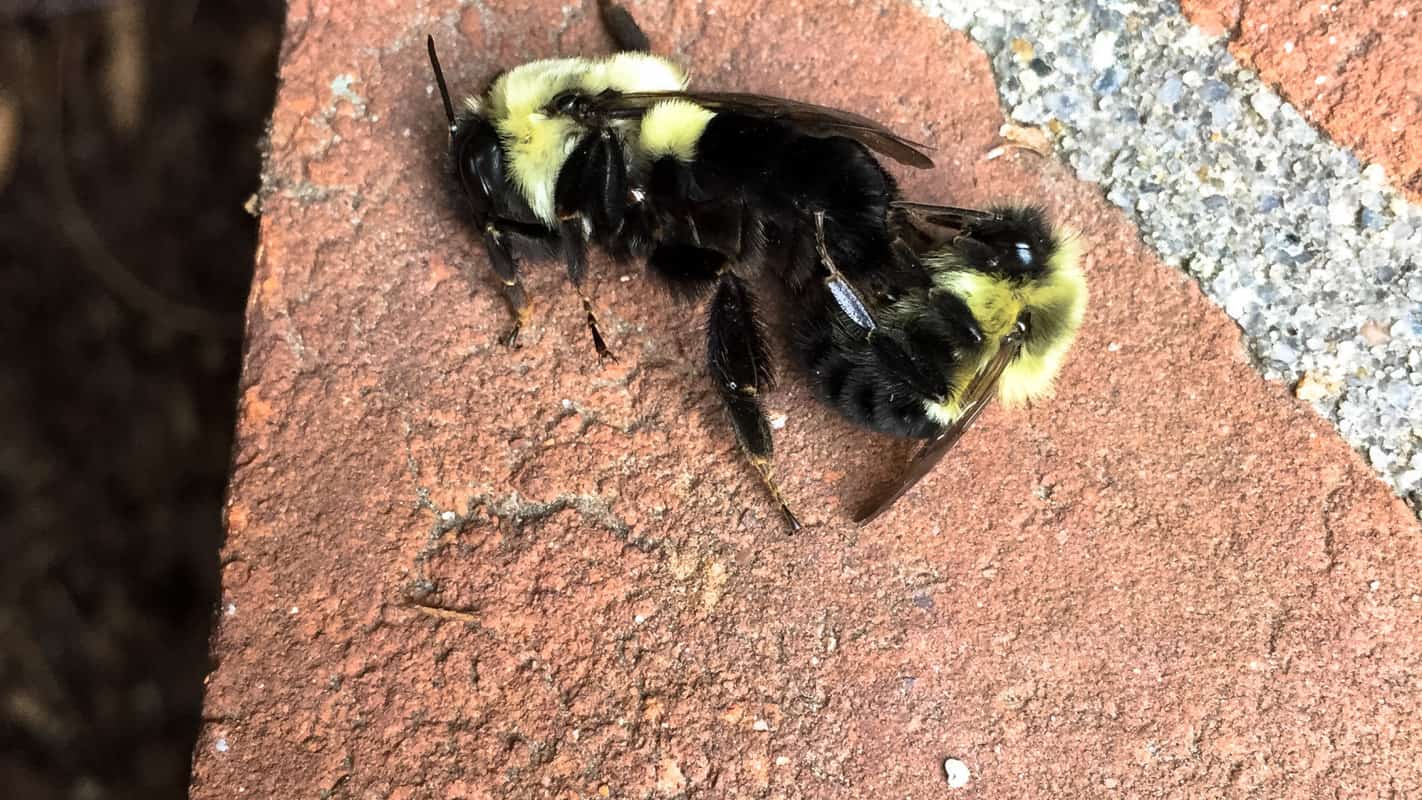If you’ve ever wondered how do bees breed, then this guide is for you! As a beekeeper, you know that bee breeding is a fundamental part of successful beekeeping. Understanding the basics of bee breeding can unlock the secrets behind the fascinating world of beekeeping. This guide will provide you with all the information you need to get started, from the basics of bee reproduction to the many different bee breeds available. You’ll even learn how to select the best bee breed for your apiary and how to safely breed your own bees. With this guide, you’ll be one step closer to becoming a successful beekeeper.
Overview of Bee Breeding
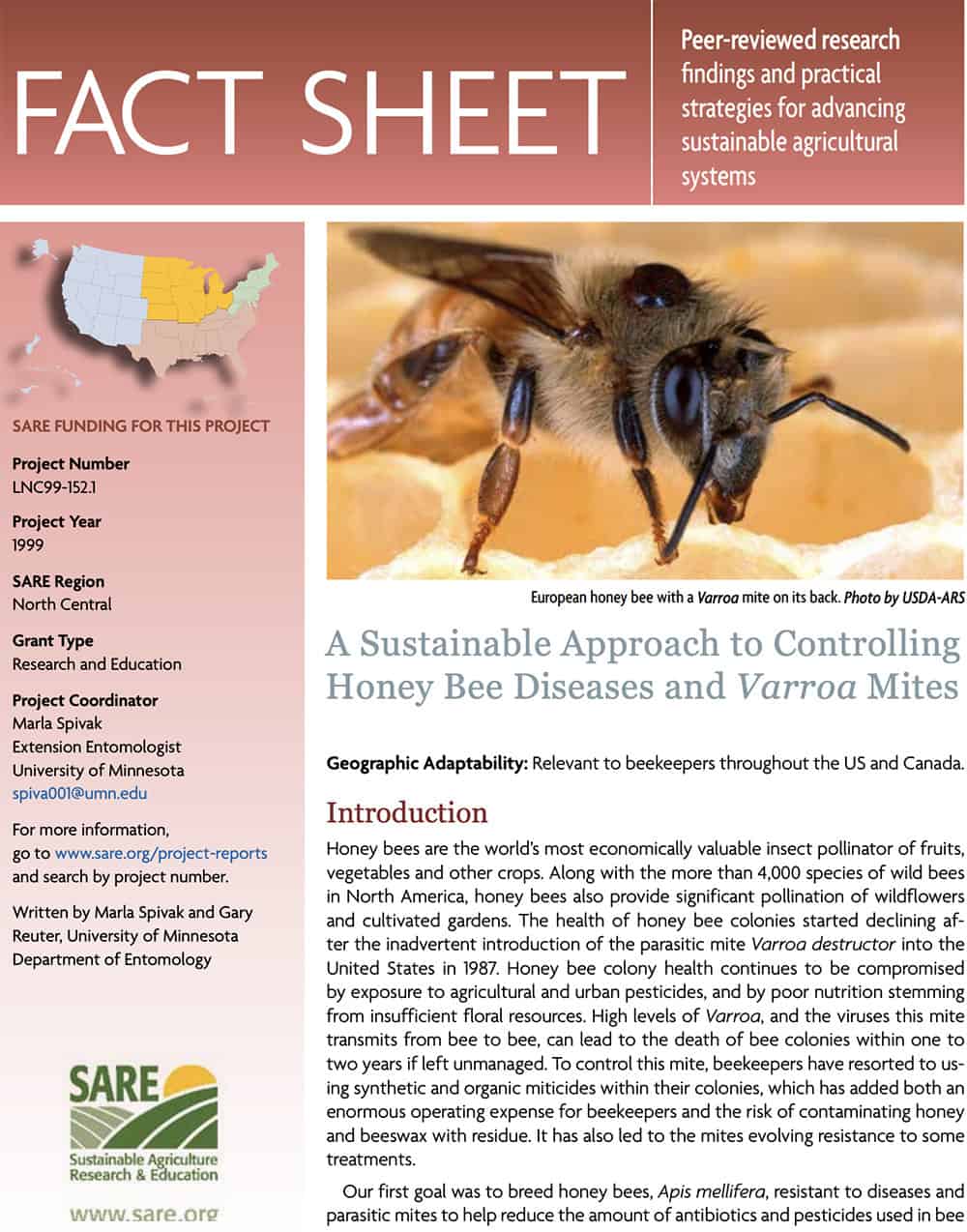
Bee breeding is the practice of selecting and pairing bees based on desirable characteristics in order to create a colony of bees that are adapted to the local environment and produce honey of the best quality. This practice involves selecting bees with desirable traits and then carefully managing the mating process to ensure that the desired traits are passed down from one generation to the next. This process requires careful observation and record keeping, as well as a good understanding of the biology and behavior of bees.
Bee breeding is focused on traits such as honey production, resistance to disease, and temperament. The process of selecting and pairing bees involves observing them in the hive and noting down the characteristics that are desired. After the desired traits have been identified, the beekeeper will then carefully manage the mating process in order to create a colony of bees that possess the desired traits. This may involve introducing bees from different colonies, or it may involve artificially inseminating queens.
The process of bee breeding is essential for beekeepers who wish to ensure that their bees are well adapted to their environment and are able to produce honey of the highest quality. In addition, bee breeding can also be used to produce bees with desired traits for use in scientific research. By understanding how do bees reproduce and the process of bee breeding, beekeepers can ensure the success of their colonies.
Types of Bees
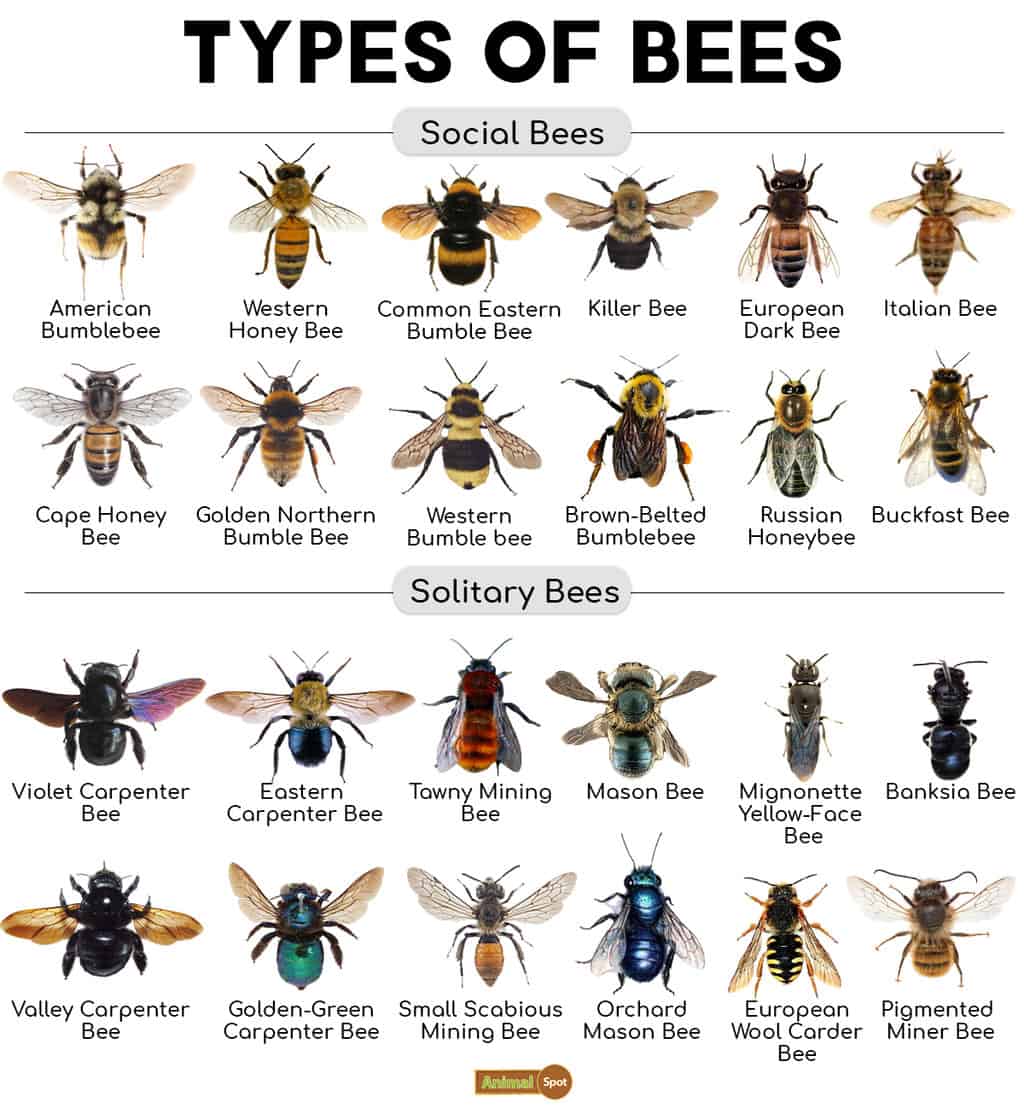
Bees belong to the family of Apis, which are composed of seven species. The three main types of bees are honey bees, bumblebees, and solitary bees.
- Honey Bees – These are the most common type of managed bees, and the ones that produce the honey that we consume. They are social insects living in colonies and are divided into three castes: queens, drones, and workers.
- Bumblebees – Unlike honeybees, bumblebees are wild and not managed by beekeepers. They form small colonies with a single queen, a few drones and workers. Unlike honeybees, bumblebees have a distinct buzz and the ability to sting multiple times.
- Solitary Bees – These bees live alone and are not social. They are usually smaller than other bee species and usually nest in the ground, in wood, or in other cavities. They are important pollinators and also produce honey, but not in the same way as honeybees.
No matter what type of bee you are interested in, understanding how to bees reproduce is essential to beekeeping.
Bee Anatomy
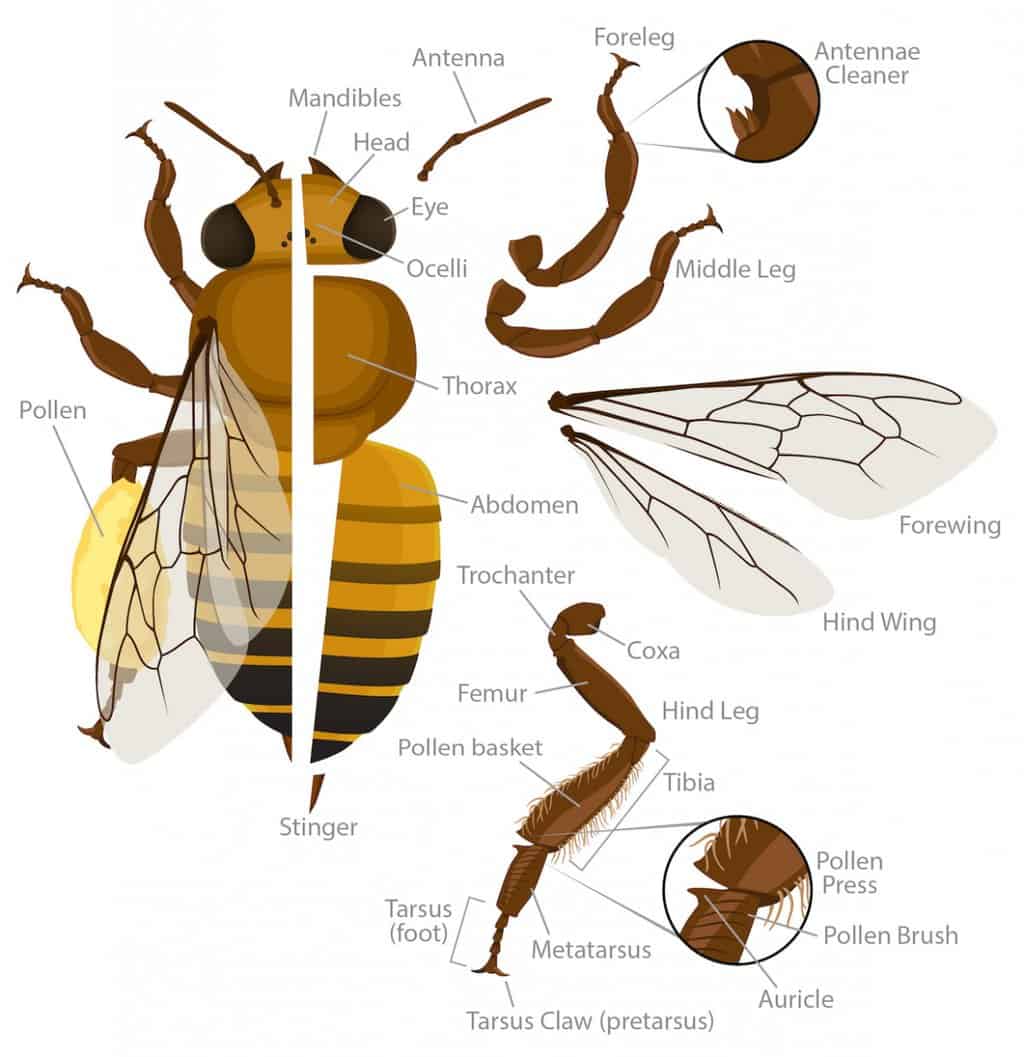
Honey bees are equipped with all the necessary body parts for reproduction, including a set of reproductive organs. The queen bee has two ovaries that produce eggs, while the drones have a functional testis that produce sperm.
- Wings: The queen and the drones have wings that they use to fly to mate with the drones. The workers, however, do not have wings and cannot fly.
- Legs: All the bees have six legs, which they use to walk, climb and collect pollen and nectar.
- Antennae: All the bees have two antennae that they use to sense the environment around them.
- Stinger: Only the female bees, i.e. the workers and the queen, have a stinger. The drones do not have a stinger.
- Mouthparts: All the bees have proboscises, which they use to suck up nectar and pollen.
These body parts, along with the bee’s ability to fly, are essential for how do honey bees reproduce. The queen bee and the drones will fly to a specific area, called a mating ground, where the drones will mate with the queen. The queen will then lay eggs and the workers will care for them until they hatch.
– Life Cycle of Bees
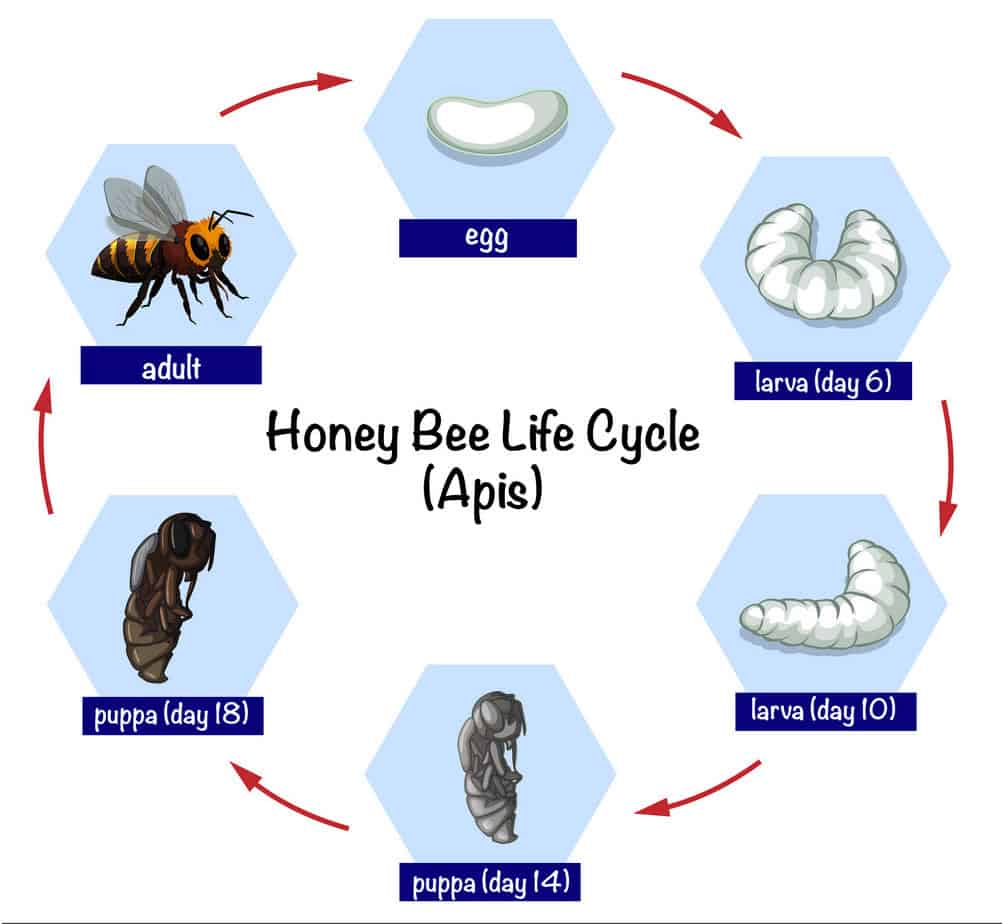
Bees are amazing insects that play a vital role in our environment. To understand how honeybees reproduce, it’s important to understand the life cycle of a bee. A bee’s life cycle is divided into four stages: egg, larva, pupa, and adult.
Egg: The first stage of a bee’s life cycle is the egg stage. A queen bee will lay eggs in a wax cell in the hive. The eggs hatch into larvae after three days.
Larva: The larvae are fed a mixture of honey and pollen by the worker bees. After five days of growth, the larvae spin a cocoon and pupate.
Pupa: During the pupal stage, the larvae transform into adult bees. This stage lasts for about 12 days.
Adult: After the pupal stage, the adult bees emerge from the cocoon. The adult bees will live for about 6 weeks and perform various tasks in the hive such as gathering nectar and pollen, building wax comb, and caring for the queen and young brood.
Understanding the life cycle of a bee is the key to understanding how honeybees reproduce. By studying the life cycle of a bee, beekeepers can better understand the needs of their bees and how to better manage their hives.
How Do Bees Reproduce?
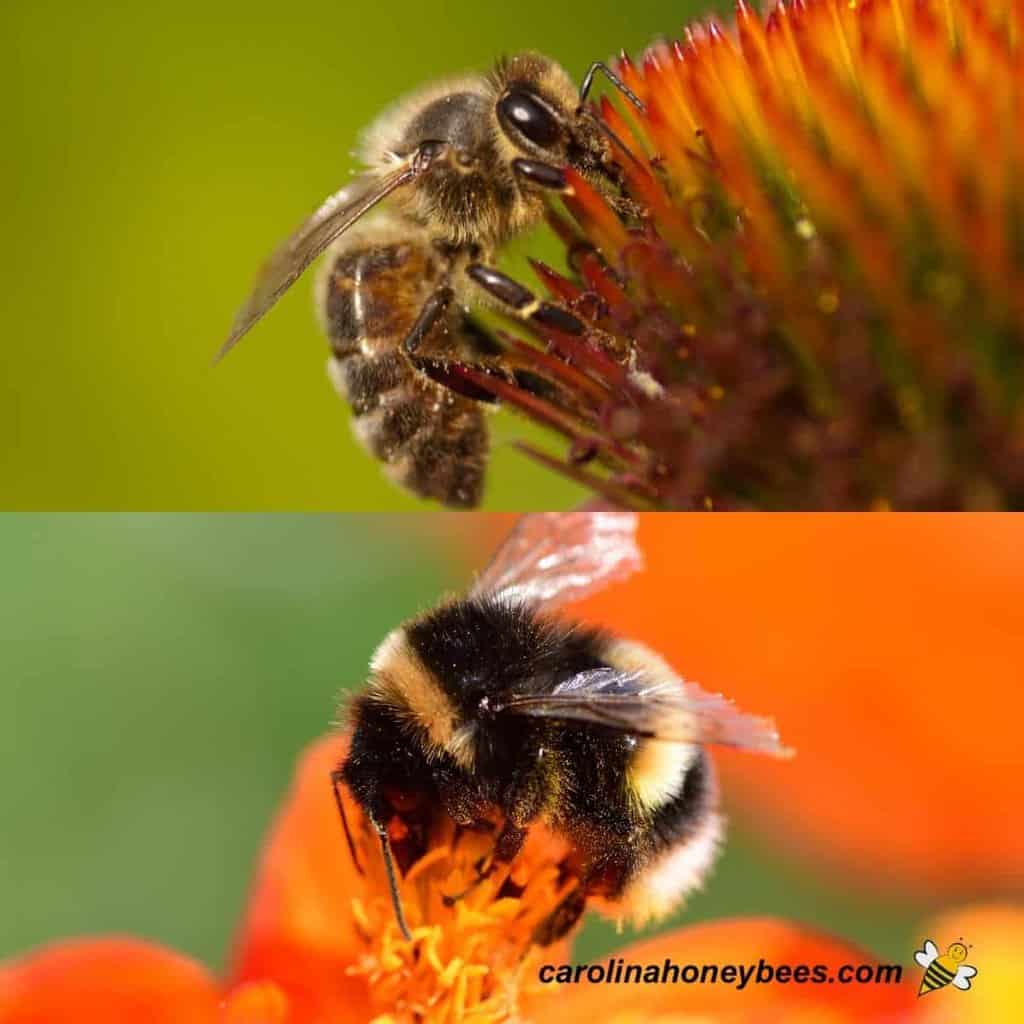
Bee Reproduction: All honey bee species reproduce through a process known as parthenogenesis. This process involves the development of an egg from a single parent, without the need for fertilization by another bee. This process is unique among insects, and is a key factor in the successful reproduction of honey bee colonies.
The Queen Bee: The queen bee is the sole reproductive female in a bee colony and is responsible for the majority of egg-laying. She mates with a large number of drones from other colonies and stores the sperm from these matings in her spermatheca. From this stored sperm, she can lay eggs for up to five years, with each queen bee laying up to 2,000 eggs a day during the peak of the season.
Worker Bees: Worker bees are the non-reproductive female workers of the colony and are responsible for the day-to-day activities of the hive. They have no reproductive organs and cannot lay eggs.
Drones: Drones are the male honey bees and are responsible for mating with the queen bee. They have no stingers and do not take part in any of the colony’s daily activities. They are the only bees in the colony that cannot survive the winter and die off at the end of the season.
How Do Queen Bees Reproduce? The queen bee reproduces through parthenogenesis. This involves the development of an egg from a single parent, without the need for fertilization by a drone. The queen bee stores sperm from her matings with drones from other colonies in her spermatheca and uses it to lay eggs for up to five years.
– Honey Bees
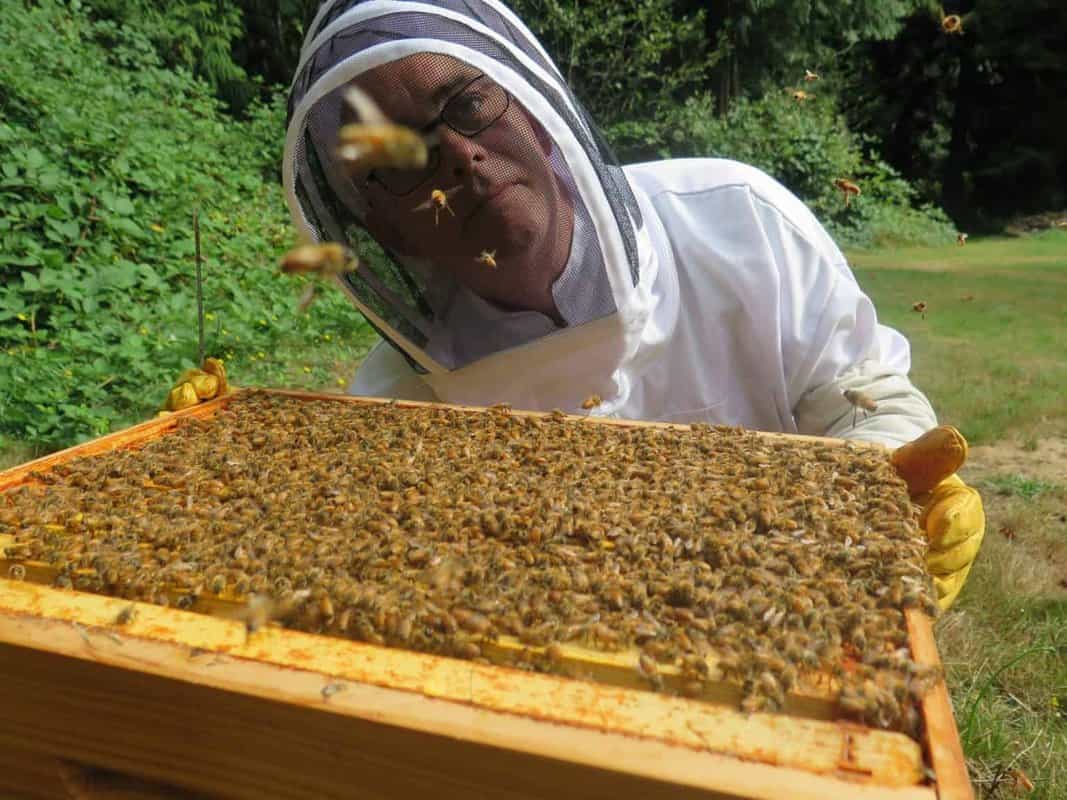
Honey bees are one of the most common bees used in commercial beekeeping. They are social insects and live in colonies that are comprised of three different types of bees: the queen, the drones, and the workers. The queen is the only sexually reproductive bee in the colony and is the only bee that lays eggs. The drones are male bees that are used to fertilize the queen’s eggs. The workers are female bees that build the hive and take care of the young larvae and pupae.
How Bees Reproduce: The queen bee will mate with several drones and store the sperm in her spermatheca. The queen can then control how many eggs she will lay by releasing the sperm when she needs it. The eggs will develop into larvae and pupae, and eventually emerge as adult honey bees.
| Stage | Duration |
|---|---|
| Egg | 3 days |
| Larvae | 6 days |
| Pupae | 12 days |
| Adult | 21 days |
The honey bee’s reproductive cycle is relatively short, taking approximately 35 days from egg to adult. The queen bee typically lays between 1000 and 2000 eggs per day during her peak laying period.
– Queen Bees
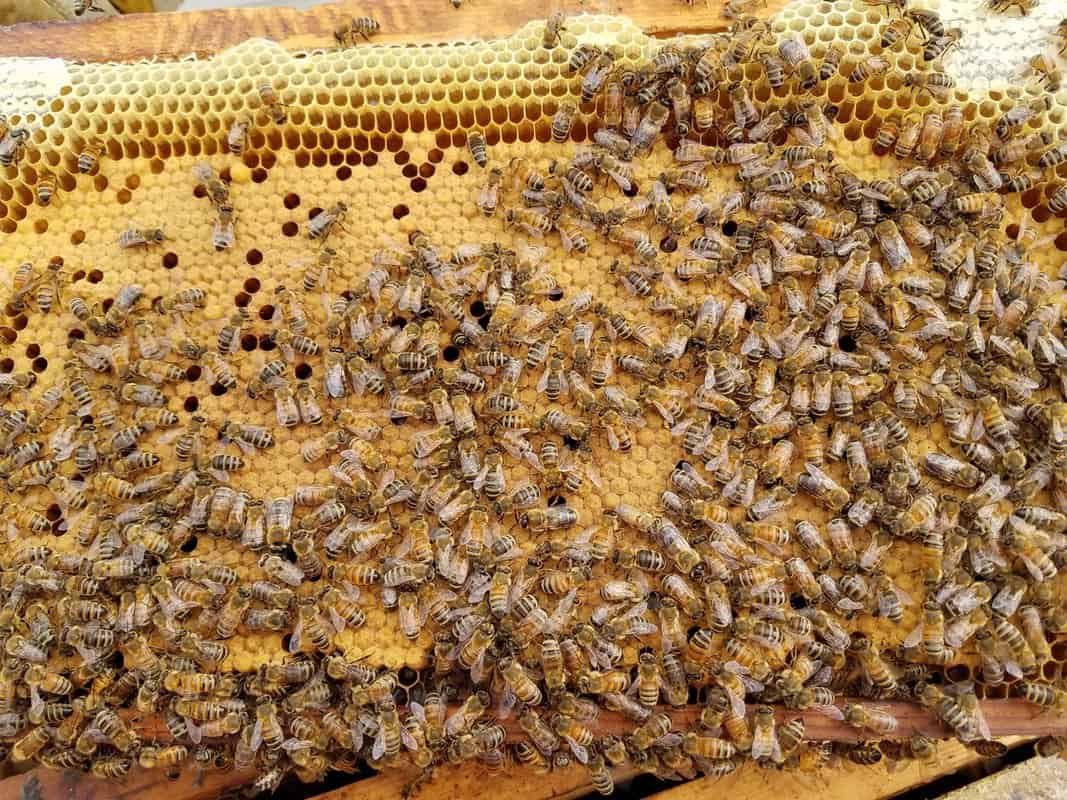
Queen bees are the most important and essential members of a beehive as they are the ones responsible for the reproduction of the colony. A queen bee is the only female bee in a colony that can reproduce, and she will lay eggs to create a new generation of bees. Queen bees are usually larger than their worker bee counterparts, and they have a longer lifespan, with some queens living for three to four years. Queen bees can lay up to 2,000 eggs per day, and they are essential for the survival of the colony.
Queen bees are selected by the workers in the hive, who evaluate the overall health and fitness of the queen. The strongest and most productive queens will be chosen to lead the colony. Queen bees have a special organ called the sting sac, which is used to store venom, and they also have special glands that produce certain pheromones used to control the behaviour of the other bees in the colony.
Queen bees are essential for the survival of the colony, and beekeepers need to take extra care of them. When beekeepers inspect the hive, they should be sure to check the health of the queen bee and ensure that she is producing enough eggs. In addition, beekeepers should also make sure that the hive is well-ventilated and that the queen bee has access to plenty of food and water. Taking good care of the queen bee is essential in order to ensure the survival of the colony.
Bee Breeding Techniques
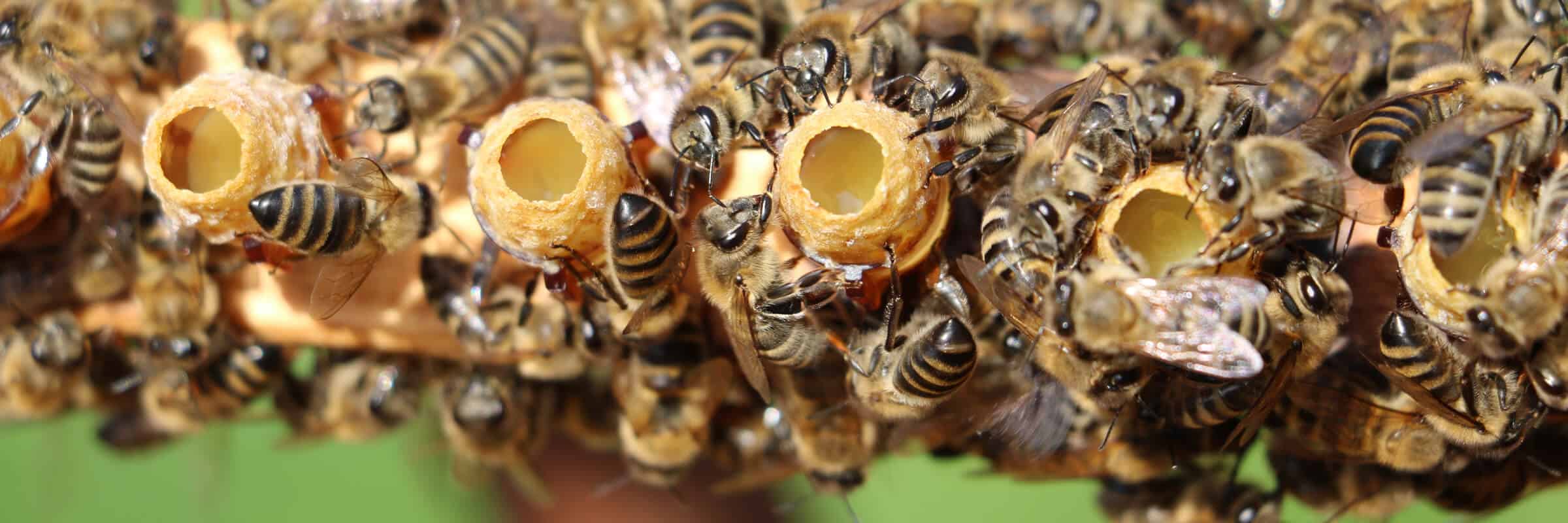
Bee breeding is the practice of selecting and mating honey bee colonies in order to produce bees with desired traits. The goal of bee breeding is to develop colonies with traits such as disease resistance, high honey production, and gentleness. Bee breeding is a complex process that requires knowledge of bee genetics and the ability to identify desirable traits in colonies.
- Queen Rearing: Queen rearing is the process of selecting, mating and raising a new queen bee. Queen rearing involves selecting a healthy queen, mating her with drones, and raising her offspring in a queen cell. Queen rearing is used to replace old or unhealthy queens, or to introduce new desirable traits into a colony.
- Cross-Breeding: Cross-breeding is the process of mating two different bee colonies to produce offspring with desired traits. Cross-breeding can be used to introduce new traits into a colony, such as disease resistance. However, cross-breeding is a complex process and should only be attempted by experienced beekeepers.
- Inbreeding: Inbreeding is the process of mating two closely related colonies of bees. Inbreeding is used to produce colonies with desirable traits, such as gentleness or high honey production. However, inbreeding can result in reduced vigor and fertility, and should only be done by experienced beekeepers.
- Artificial Insemination: Artificial insemination is the process of introducing semen from a single drone into multiple queen bees. Artificial insemination can be used to introduce desirable traits into a colony, or to create a large number of queens with the same genetic makeup. Artificial insemination is a complex process and should only be attempted by experienced beekeepers.
Bee breeding is an important part of beekeeping, and can be used to produce colonies with desirable traits. However, bee breeding is a complex process and should only be attempted by experienced beekeepers.
– Artificial Insemination
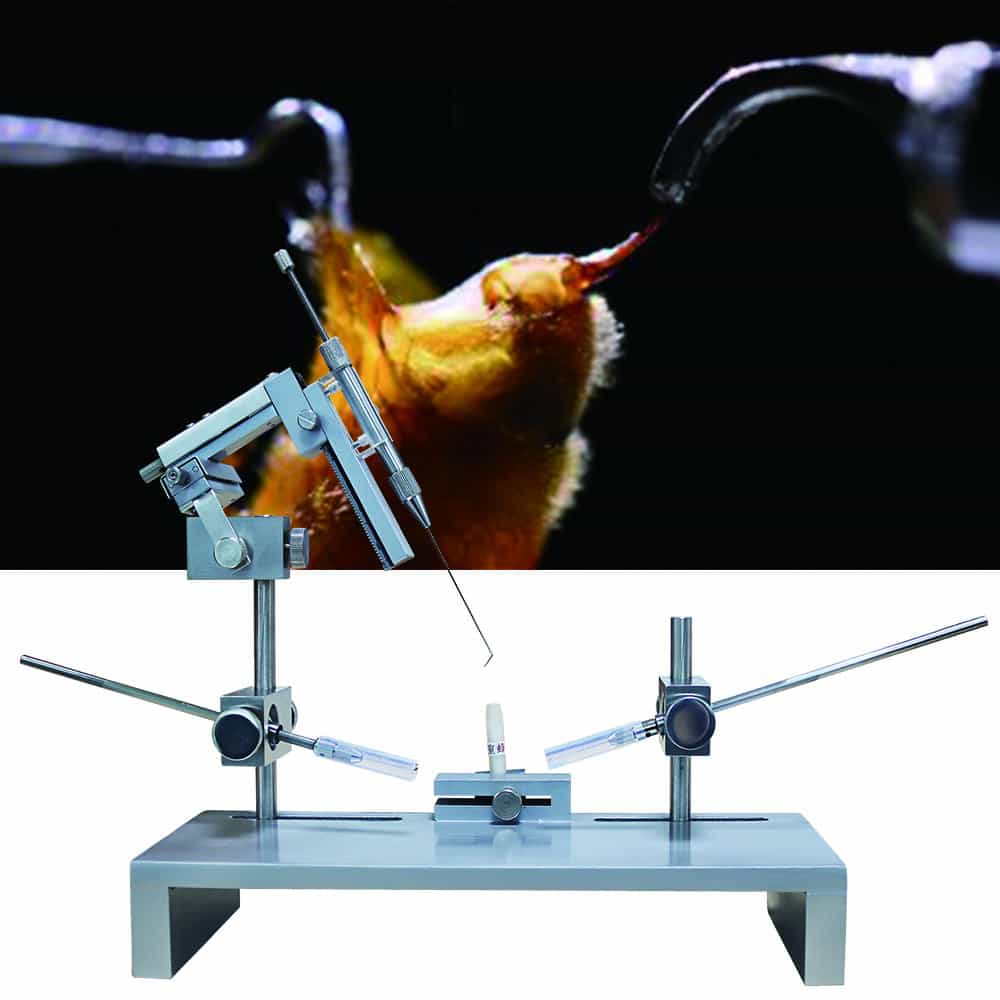
Beekeepers can use artificial insemination to selectively breed bees and create a better honeybee colony. Artificial insemination is a process in which beekeepers can inject sperm from a chosen drone directly into the queen bee. This allows beekeepers to create colonies of bees with specific, desirable traits, such as improved honey production and resistance to pests and diseases. Artificial insemination requires beekeepers to have specialized knowledge and equipment, and may not be feasible for all beekeepers.
The process of artificial insemination involves:
- Collecting Sperm: Beekeepers must first collect sperm from a chosen drone. The drone must be chosen carefully, as its sperm will determine the traits of the offspring.
- Inseminating the Queen: Beekeepers must then carefully inseminate the queen bee with the collected sperm. This is done using a syringe-like instrument, which is inserted into the queen bee’s reproductive tract.
- Monitoring the Hive: Beekeepers must then closely monitor the hive to ensure that the queen is producing offspring with the desired traits. This can be done by inspecting the hive regularly and observing the behaviour of the bees.
Artificial insemination can be an effective way for beekeepers to create a better honeybee colony. However, it requires specialized knowledge and equipment, and may not be feasible for all beekeepers.
– Cross-Breeding
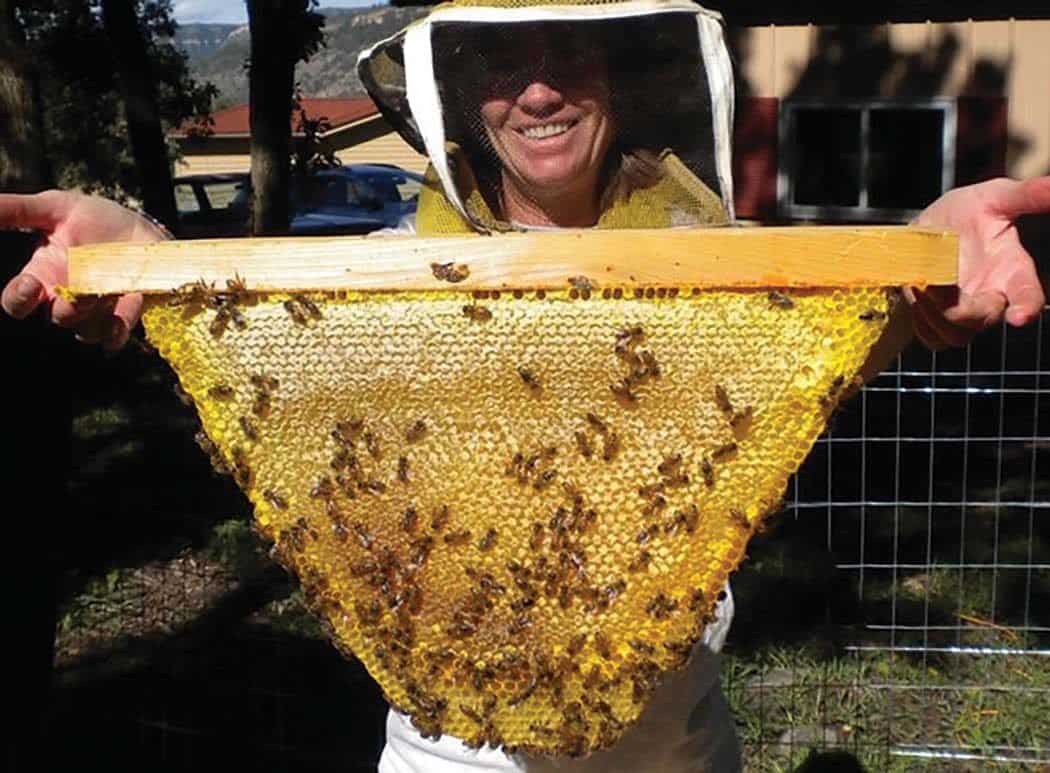
Cross-breeding is a common practice among beekeepers to produce a hybrid bee that is more resistant to disease and better adapted to their environment. This is done by introducing a new strain of bee, usually from a different region, and allowing it to interbreed with the local bee population. Cross-breeding does not guarantee a particular outcome, as the resulting bees may take on characteristics from both parent bees. However, the hope is that the hybrid bees will have desirable traits from both parent bees. Cross-breeding can be used to create more productive bees, more disease-resistant bees, or bees with increased honey production.
In order to ensure successful cross-breeding, beekeepers must carefully monitor the mating process. For example, they must ensure that only healthy, mated queens are used, and that the mating process occurs in areas far away from the bee colonies. Unmated queens may not produce viable offspring, and mating in close proximity to the colonies may lead to in-breeding, which can lead to reduced genetic diversity and a decrease in the bee population’s overall health.
Cross-breeding can be a useful tool for beekeepers, but it should be done with caution and proper planning in order to ensure that the resulting bees are healthy and productive.
– Queen Rearing
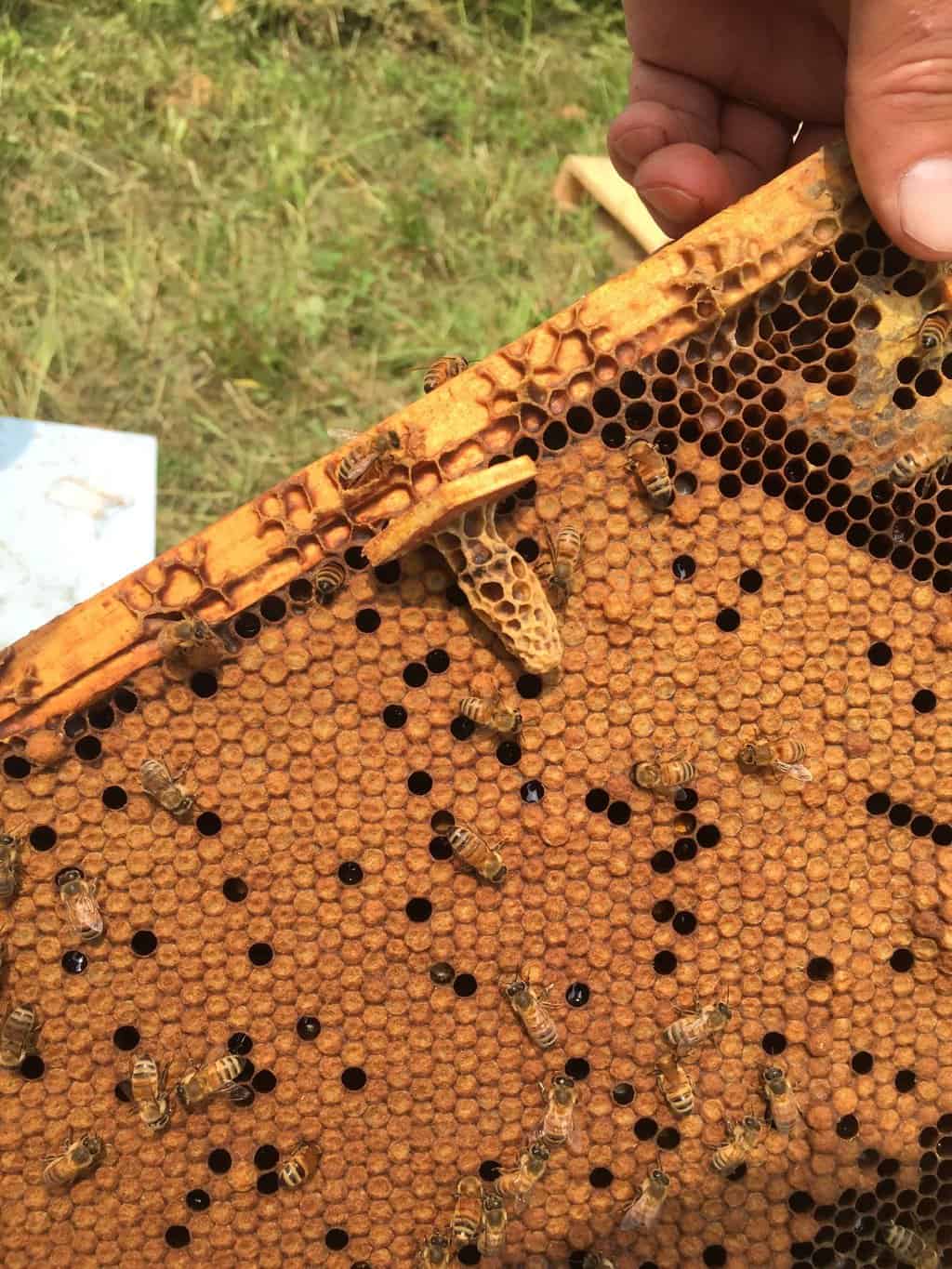
Queen Rearing is a beekeeping technique used to create new queens and increase the population of bee colonies. It involves the careful selection of larvae and the provision of a special diet. Queen rearing requires knowledge and skill to ensure success.
- Queen Rearing is a technique of creating new queens by carefully selecting larvae and providing them with a special diet.
- The larvae are placed in special queen cells, which are larger than normal worker bee cells.
- The diet of the larvae is supplemented with royal jelly, which is a secretion produced by the worker bees and is necessary for the development of queens.
- When the queen bee hatches, she is placed in a new hive and given time to establish her colony.
- Queen rearing is important for beekeepers to maintain healthy bee populations and to introduce new genetics into a colony.
Queen rearing is a delicate process that requires knowledge and skill in order to be successful. It is important for beekeepers to understand the science behind how do bees breed and how do honey bees reproduce in order to ensure the success of their colonies. With the right tools and techniques, beekeepers can successfully rearing queens and increase their bee populations.
Challenges of Breeding Bees
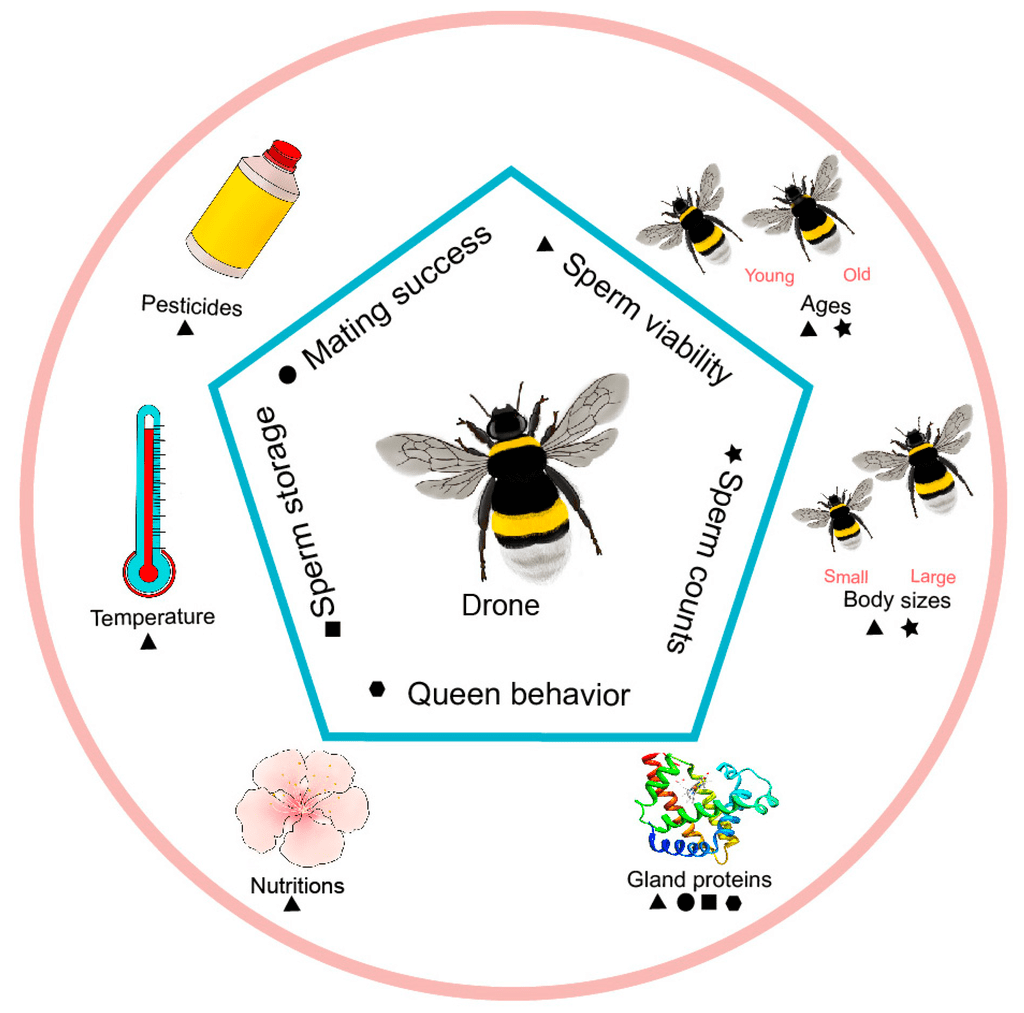
Bee breeding is a challenge, as it requires careful observation and management techniques. To ensure that the bees are healthy and strong, beekeepers must monitor their health and productivity and make sure they are receiving the necessary nutrition. Additionally, the process of mating can be difficult due to the complex structure of a bee’s reproductive system. How do bees reproduce? For honey bees, the queen bee will lay eggs in the comb, which are then fertilized by drones. After hatching, the larvae will become worker bees. For queen bees, mating occurs in the air and involves a process known as the “mating flight.”
The main challenge of bee breeding is in selecting the right bees for mating. As each bee has its own unique genetic makeup, it is important to select pairs that will produce offspring with the desired traits. Additionally, the environment in which the bees are kept must be carefully maintained to ensure optimum health and productivity. Finally, beekeepers must be prepared to deal with the various diseases and pests that can affect the bee population.
Overall, bee breeding can be a rewarding and challenging endeavor, and beekeepers must be prepared to invest the time and effort required to ensure the success of their bee colonies. With careful observation and management, beekeepers can unlock the secrets of bee breeding and produce healthy and productive bee colonies.
Benefits of Breeding Bees
- Improved genetics: Breeding bees can result in improved genetics, which can help to increase the bee population, improve honey production and increase the bees’ resilience to disease.
- Better honey production: By selectively breeding bees, beekeepers can produce more honey, as well as create bees that are better suited for their particular environment.
- Resistance to disease: By breeding bees that are resistant to diseases, beekeepers can reduce their losses due to disease and protect their hives from infestation.
- More efficient pollination: By selectively breeding bees, beekeepers can create bees that are more efficient at pollinating their crops, resulting in higher yields and better quality fruits and vegetables.
- Increased honey production: By breeding bees that produce higher amounts of honey, beekeepers can increase their honey production and improve their bottom line.
Bee breeding is an essential part of beekeeping and can help beekeepers to increase their honey production, improve the genetics of their bees and protect their hives from disease. By selectively breeding bees, beekeepers can create bees that are better suited for their environment, more efficient at pollinating their crops, and more resistant to disease. Breeding bees can also result in increased honey production, resulting in more profits for the beekeeper.
Frequently Asked Questions
What type of bees are the best for breeding?
Italian bees: Italian bees are the most popular type of bee used in beekeeping. They are known for their gentle nature and are easy to manage. They produce a high amount of honey and have excellent disease resistance.
Carniolan bees: Carniolan bees are native to Europe and are known for their good temperament and productivity. They are very good at adapting to the local climate, which makes them a great choice for beekeepers in different climates.
Buckfast bees: Buckfast bees are a hybrid of European and African bee species. They are known for their excellent honey production, good temperament, and high disease resistance.
Russian bees: Russian bees were developed to be disease-resistant and cold-tolerant. They are known for their good honey production and are fairly gentle.
Kashmir bees: Kashmir bees are a hybrid of Italian and Carniolan bees. They are known for their good honey production and gentle nature. They are also known for their ability to adapt to different climates.
How can I ensure successful bee breeding?
Bee breeding requires careful planning, monitoring, and management of the hive environment. To ensure successful bee breeding, beekeepers should select healthy, productive colonies with a well-developed queen, plenty of nurse bees, and good brood pattern. Regular monitoring of the colony is essential to detect any signs of disease, pests, and other environmental threats. Additionally, providing the bees with adequate nutrition and a clean, secure environment will help to promote successful bee breeding. Lastly, providing the colony with resources such as ample amounts of pollen and nectar, as well as a variety of flowers in the area, will help to ensure the colony’s success.
What are the Benefits of Bee Breeding?
1. Increase Population of Honeybees: Bee breeding helps increase the population of honeybees, which are vital for pollination and the production of honey. This can help lead to increased crop yields, healthier gardens, and more honey produced.
2. Improve Quality of Honey: Bee breeding can help produce more productive, healthier, and better-tasting honey. By selecting the right queen bees, beekeepers can improve the quality of honey produced.
3. Introduce New Traits: Bee breeding can also be used to introduce new traits into honeybees, such as increased disease resistance, increased honey production, and improved winter hardiness.
4. Control Pests: Bee breeding can also be used to control pests, such as mites and other pests, which can damage crops and honey production.
5. Reduce Overwinter Losses: Bee breeding can also be used to reduce the number of bees that die in the winter, which can help ensure a healthy bee population for the following season.
What do I need to Consider When Breeding Bees?
- Queen Selection: The queen bee is the most important part of a successful bee breeding program. As such, it is important to carefully select a queen that has the traits desired in the desired outcome.
- Hive Conditions: The environment in which the bees are living is critical when breeding bees. Beekeepers should ensure that the hive is well-ventilated, and that the temperature, humidity, and light are all within acceptable ranges.
- Feeding: Bees need to be fed a nutritious diet in order to remain healthy and productive. A variety of pollen, nectar, and honey can be offered to the bees, depending on the time of year and the species of bee.
- Disease Monitoring: When breeding bees, it is important to monitor for any signs of diseases or parasites. Beekeepers should regularly inspect the hives and check for any signs of illness or infestation.
- Inbreeding: When breeding bees, it is important to avoid inbreeding, as this can lead to health and productivity issues. To prevent inbreeding, beekeepers should keep track of the lineage of their bees and ensure that they are not related.
- Hybridization: Hybridization can be a useful tool for beekeepers looking to create new varieties of bees. Hybridization involves crossing two different species of bees, and the resulting offspring can possess desirable traits from both parents.
How can I protect my bee breeding efforts?
To protect your bee breeding efforts, it is important to practice good beekeeping techniques, such as providing adequate nutrition, providing a safe and healthy environment, and avoiding introducing diseases and parasites. Furthermore, it is important to carefully monitor the hive and check for signs of disease or parasites, as well as to use appropriate treatments if needed. Additionally, it is important to rotate your hives so that you can observe the progress of each hive, as well as to maintain your bees’ genetic diversity. Finally, it is important to practice proper sanitation and hygiene when handling your bees and equipment.
Conclusion
Bee breeding is a complex process that requires skill, knowledge, and dedication. While there is no single method for successful bee breeding, understanding the biology of bee reproduction, the importance of genetics, and the techniques used by experienced beekeepers can help beekeepers to understand and master the art of bee breeding. With the right tools, beekeepers can unlock the secrets of bee breeding and create bee colonies that are stronger, healthier, and more productive.
